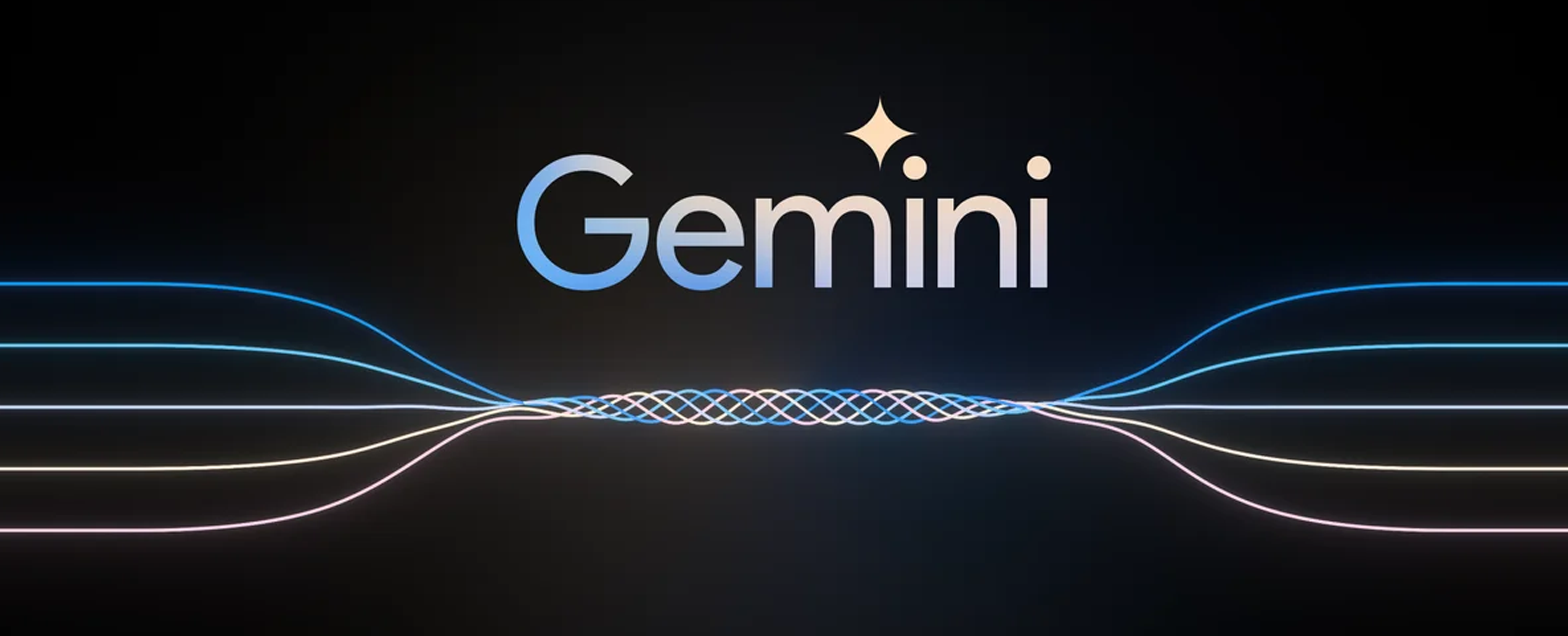Google Gemini, similar to Copilot, is an AI that can assist with tasks such as generating text, summarizing information, and providing insights. It can also help combine different types of information—whether it’s text, images, or code—to enhance educational tasks.
Gemini for education includes enhanced data protection, meaning that any data shared within Gemini is used solely to respond to your prompts and is not utilized for training or improving other AI models. However, it is important to note that Gemini is not HIPAA compliant, and there are some limitations, such as the inability to conduct custom searches within the University of Miami's firewalls.
To learn more about how to access Gemini using your UM credentials, please visit the Gemini Get Started page.




